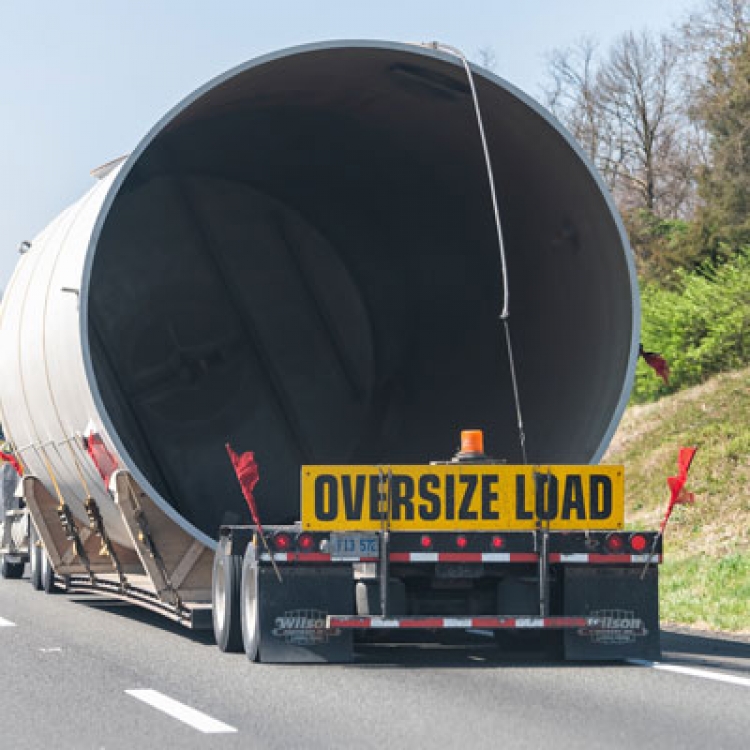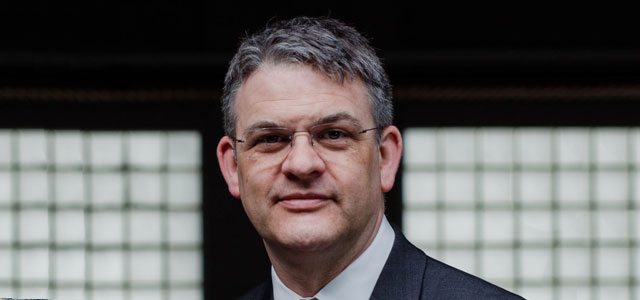Safe working load?

Robert Tailby, Principal Casualty Risk Engineer at Chubb Risk Engineering Services, discusses the importance of risk assessments being a meaningful exercise in reasoned decision making and proper integration of control measures into realistic operating procedures. You can hear Robert discussing people safety in the workplace and the opportunity to further resilience in organisations post COVID-19 in the latest episode of the Airmic Talks podcast.
When a bridge is built, it's designed to take a certain load. The plans may look technically excellent, the builder may follow them conscientiously, the finished structure may appear to be a work of architectural and aesthetic genius, but no-one actually knows for certain if a 10-ton bridge will take a 10-ton weight until a 10-ton truck gets driven across it.
You also can't drive a 10-ton truck over a 2-ton bridge, that would just be stupid – unless it’s an emergency and you have no other option to get across the river. After all, it might just hold!
I’m routinely asked to review and comment on company procedures, vision statements and risk assessments – all the stuff organisations generate, and brokers adapt, to convince insurers that they take health and safety seriously. The fundamental question I’m supposed to answer: is all this really worth the paper (or web page) it’s written on? Mostly all I can truthfully say is that it looks good, but I can’t tell you if it actually works. This looks like a 10-ton bridge, but I’ve no idea if it will really take a 10-ton weight.
Now we’re finding out the hard way. COVID-19 is the ultimate load test of an organisation’s health and safety culture and management. If you already had solid systems and a positive culture, COVID-19 will be testing them to the limit, but they should hold. If you only had the minimum, it will be creaking under the strain, probably on the edge of failure, and very scary for anyone trying to use it.
The biggest challenge of the crisis is bringing people along with you to help solve complex problems and keep your operations running whilst at the same time dealing with genuine concerns, fear, and misinformation. Strong employee engagement, meaningful consultation and effective communication are all essential to making that work.
Now, more than ever, risk assessment needs to be a meaningful exercise in reasoned decision making and proper integration of control measures into realistic operating procedures. Those procedures need to be developed with and by the people they affect, and who will have to carry them out, or they just won’t work.
If we had all these things already, they will be serving us well in the crisis. If we didn’t – well now’s our chance! COVID-19 is a common enemy that everyone can unite around. It brings into sharp focus the inescapable need for visible leadership, the value of competent advice, the benefits of organisational clarity and the utility of a Plan-Do-Check-Act approach. The extreme disruption we are facing is a rare opportunity to re-imagine and re-invent at a time when everyone already expects things to change.
COVID-19 will give me endless material for training courses in the years to come. I’ll have a great example of a zoonosis, and I’ll never have to explain what PPE stands for again. But most of all, it will help me explain why all these things that I’ve been talking about for years are so vital to success. Why it’s worth building, and testing, a 10-ton bridge. One day, you’re going to need it.

Robert Tailby, Principal Casualty Risk Engineer at Chubb Risk Engineering Services, has been with the insurer since 2004. His primary role is to provide expert advice and support to Chubb clients, brokers and underwriters on all aspects of employer's, and public liability risk management. He also leads on Chubb's delivery of IOSH approved health and safety training.
